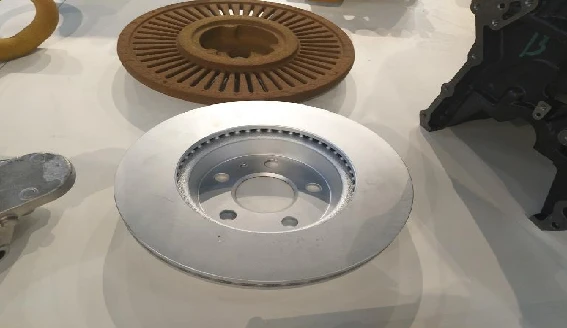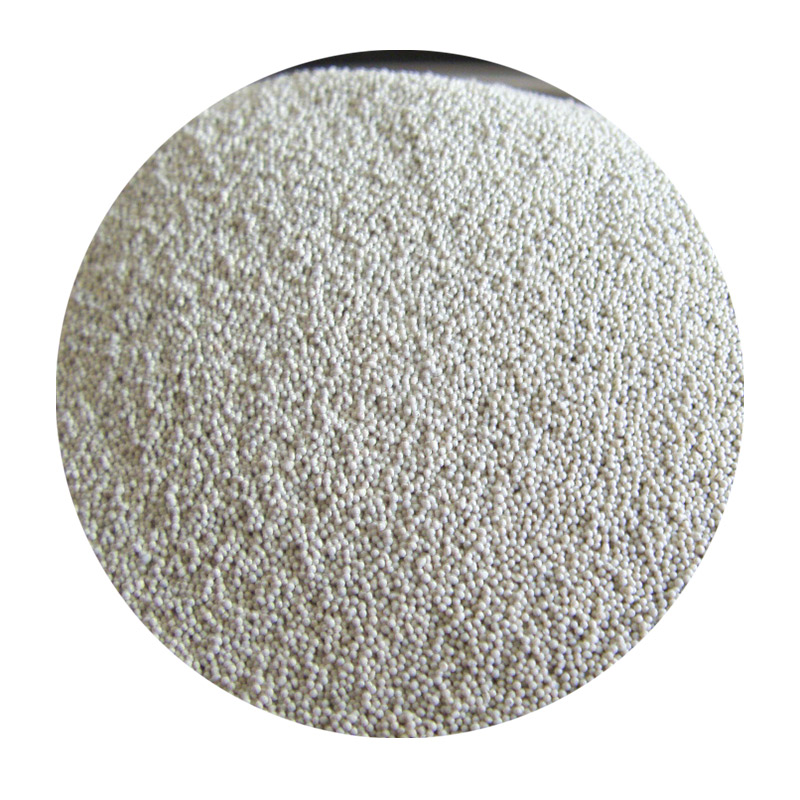

From a trustworthiness perspective, the traceability of fine casting sand is a growing consideration. Implementing rigorous quality control measures ensures that the sand used in casting processes meets all requisite standards and specifications. Documentation and certification from suppliers regarding the composition, grain size distribution, and purity levels provide confidence to manufacturers that the materials will perform as expected. Additionally, recent advancements in technology have introduced enhanced testing methods for analyzing fine casting sand properties, allowing for more precise predictions of behavior during casting. Technologies such as X-ray diffraction and scanning electron microscopy offer detailed insights into sand structure, facilitating better decision-making in sand selection and process adjustments. Investments in research and development continue to enhance the quality and performance of fine casting sand. Collaborations between academic institutions and industry leaders are paving the way for novel formulations and enhanced processing techniques, promising greater efficiency and eco-friendliness in casting operations. In conclusion, fine casting sand is indispensable in creating high-quality metal castings. Its essential properties, such as thermal stability, fine grain size, and consistent quality, make it an industry standard. The expertise in selecting and using the right type of sand, combined with an understanding of its environmental impact and trustworthiness, solidifies its role in modern manufacturing. As innovations continue to arise, the foundry industry will likely witness even more refined materials that will further streamline casting processes, elevating product quality and sustainability. Post time:يناير . 28, 2025 01:07
Next:casting sand for metal
